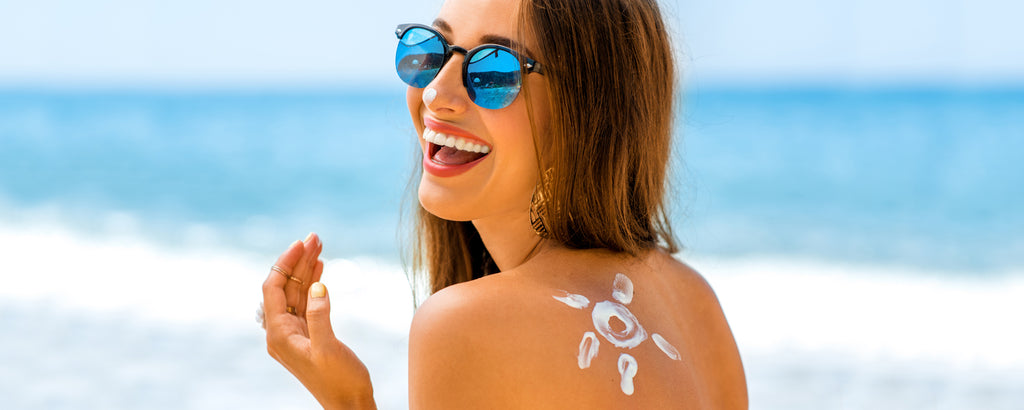A guide to sun protection
Whether you’re exercising outdoors or meditating on a beach, catching some rays improves how you feel. The sun does a lot for you: a little sunshine raises vitamin D and serotonin levels, reduces the risk of diabetes and certain cancers, and boosts fertility. It’s good to get outside.
But as is the case with most things, the health benefits of sunlight depend on dose. Too much sunlight is bad news: there’s a correlation between the number of sunburns you get and whether or not you develop skin cancer. The trick is to avoid overexposure.
Sunscreen is useful for those times when you’re going to be out in the sun as it minimizes the sun’s harmful effects.
Use natural or mineral-based (titanium-based and zinc-based) sunscreens that reflect the sun’s rays away from your skin, as opposed to chemical sunscreens that absorb the sun’s rays. Many natural sunscreens protect skin just as well as conventional sunscreens without harsh chemicals.
Apply and reapply sunscreen every two hours. Sweat and swimming diminish its effects. Apply La Vita’s Professional Therapeutic Massage Cream after a day at the beach. It relieves dry itchy skin and will hydrate and nourish the skin.
Plan ahead. The day can take unexpected turns, so always have a hat and a shirt handy.
You can also protect yourself (and feel awesome all day) if you eliminate foods that encourage sun damage. Boost your internal sunscreen by eating antioxidant-rich foods like blueberries, red grapes, fish oils, green tea, carrots and red-bell peppers.

